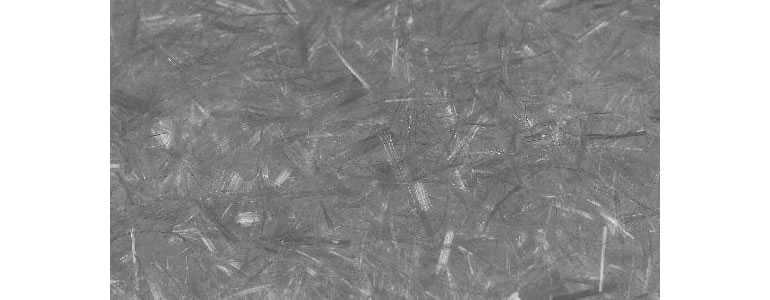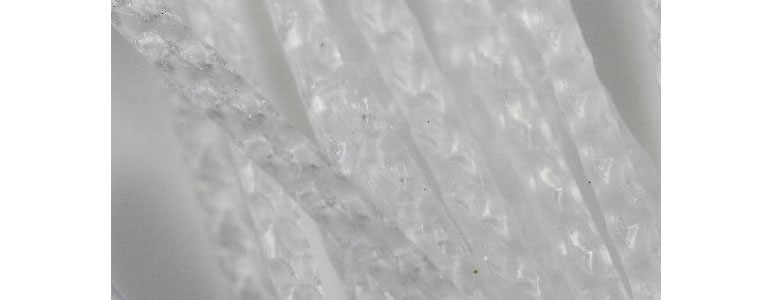Modern concrete is used for many different purposes, and therefore comes in many different forms. In this article, we’re going to take a concrete that is widely used within the construction industry today: fibre reinforced concrete.
Fibre Reinforced Concrete
Fibre reinforced concrete is a type of concrete used in structures where increased crack and impact resistance is necessary. The shape, dose and type of fibre used in fibre reinforced concrete can vary depending on the application and intended purpose of the concrete. Popular types of fibres used in fibre reinforced concrete are steel fibres, synthetic fibres, natural fibres and glass fibres. At Watts, we use three main types of fibres in out fibre reinforced concrete. These include micro synthetic fibres, macro synthetic fibres and steel fibres.

Micro Synthetic Fibres
Micro synthetic fibres such as polypropylene fibres are generally used in applications where both crack control and fire resistance is needed. They are less than 0.3mm ⌀ and either made up of single pieces of fibre (monofilament) or made up of many strands of fibre or ‘fibrils’ (fibrillated). Mirco fibres are also used to reduce plastic shrinkage – a kind of cracking which occurs in the first 24 hours of concrete setting. Micro synthetic polypropylene fibres should not be used in place of structural reinforcement or prestressed concrete.
Macro Synthetic Fibres
Macro synthetic fibres are designed to improve the concretes flexibility and impact resistance. Macro fibres typically have a contoured profile and can be used as an alternative to steel fibres and steel fabric mesh.

Steel Fibres
Steel fibres have excellent tensile strength and so can be added to concrete to replace structural reinforcement when needed. Steel fibres come in a wide range of shapes and sizes. The size, shape and dosage of the steel fibres added to the concrete mix depends on the nature of the application. Watts use special design programmes to determine the dosage and type of fibres required for any specific project.

